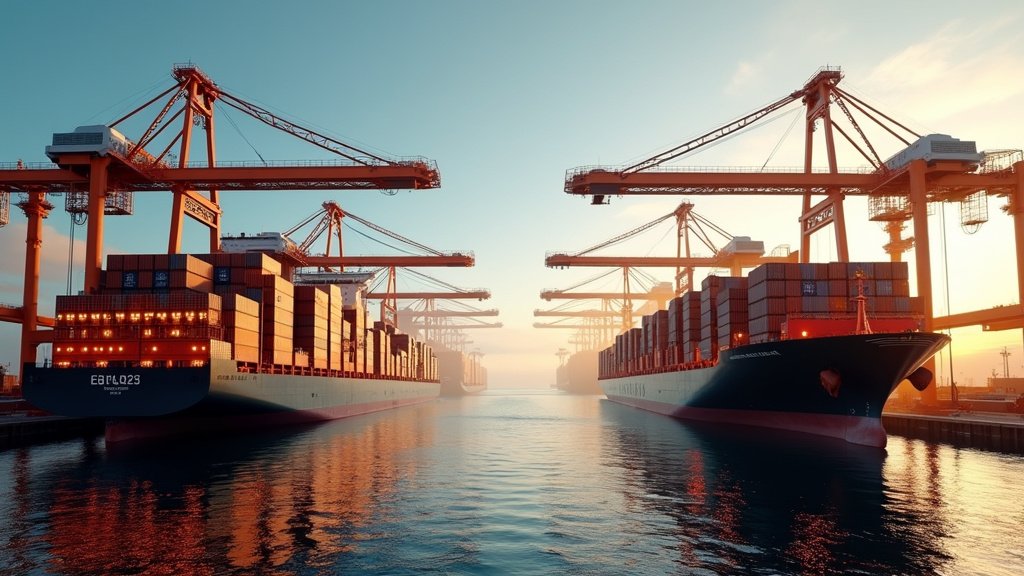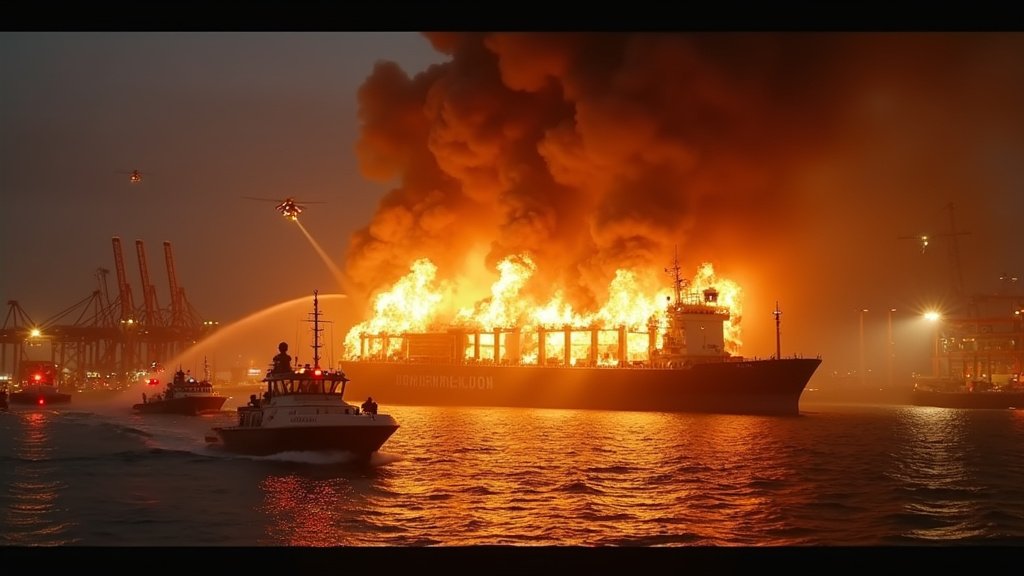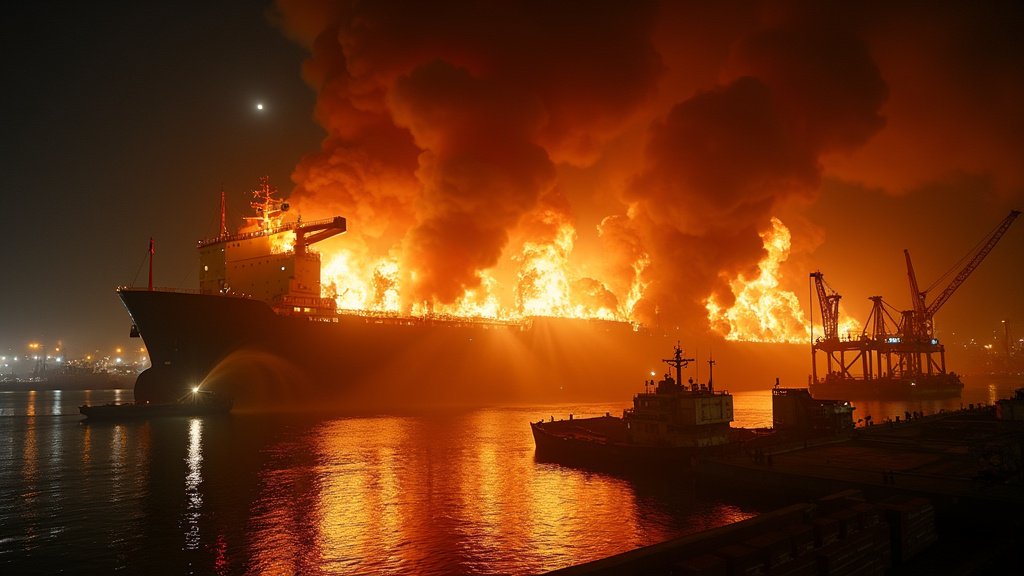The Port of Los Angeles is embarking on a historic expansion, unveiling plans for its first new marine container terminal in decades. Named Pier 500, this ambitious project aims to significantly enhance cargo efficiency and meet the evolving demands of global supply chains for years to come.
A Landmark Development for U.S. Maritime Infrastructure
The initiative marks a pivotal moment for the Port of Los Angeles, which is already the busiest container port in the United States. The proposed Pier 500 terminal will be a substantial new facility, encompassing approximately 200 acres and featuring two state-of-the-art berths with roughly 3,000 linear feet of wharf space. Strategically located on the southern tip of Terminal Island, adjacent to the port’s largest existing terminal, Pier 400, the new development is designed to accommodate the world’s largest and most advanced containerships. This move represents a significant investment in U.S. maritime infrastructure and underscores the port’s commitment to staying at the forefront of international trade.
Driving Efficiency and Sustainability for Future Trade
Port of Los Angeles Executive Director Gene Seroka highlighted the strategic imperative behind the Pier 500 project. “For the first time in a generation, the Port of Los Angeles plans to build a new container terminal to meet global supply chain demand for decades into the future,” Seroka stated. He emphasized that the development would not only boost capacity but also focus on creating the “cleanest terminal possible,” enhancing both efficiency and sustainability. This forward-looking approach aligns with the port’s ongoing efforts to reduce its environmental footprint and promote greener logistics. The project is anticipated to foster job creation within the local communities, further bolstering the regional economy.
The Path Forward: Pre-Development and Public-Private Partnership
The Port has initiated the process by issuing a Request for Proposals (RFP) for the pre-development phase of Pier 500. Interested parties are invited to enter into a public-private pre-development agreement. This agreement will involve crucial preliminary steps, including assessing the project’s financial feasibility, securing necessary entitlements, and conducting comprehensive environmental assessments under both the California Environmental Quality Act (CEQA) and the National Environmental Policy Act (NEPA). Proposals for the pre-development phase are due by January 29, 2026.
The overall timeline for the Pier 500 project, from the initial pre-development stages through to full build-out and operation, is estimated to take approximately 10 years. This long-term vision ensures that the expansion is meticulously planned and executed to maximize its benefits.
Leveraging Existing Assets for Future Growth
A key aspect of the Pier 500 plan is the utilization of existing infrastructure. The proposed site includes a 124-acre submerged area that was created during the construction of the adjacent Pier 400, which was completed in 2002. By leveraging this previously developed infrastructure, the port aims to optimize resources and accelerate the development process. The deep-water access at the site is a significant advantage, naturally suited for the largest vessels calling at the port.
Current Context and Future Outlook
The Port of Los Angeles has consistently demonstrated its vital role in the nation’s economy. In 2024, the port handled 10.3 million Twenty-Foot Equivalent Units (TEUs), marking its second-busiest year on record. This current surge in cargo volumes, driven by various economic factors and supply chain dynamics, underscores the pressing need for expanded capacity. The Pier 500 project is a testament to the port’s strategic foresight, ensuring it can continue to serve as North America’s preferred gateway and a critical node in the global supply chain for generations to come. This news is trending across industry publications as a significant development in port infrastructure, reflecting the ongoing importance of Los Angeles as a global trade hub.





